The CH-3Σ+ Anion: Inelastic Rate Coefficients from Collisions with He at Interstellar Conditions
- PMID: 36598007
- PMCID: PMC9884083
- DOI: 10.1021/acs.jpca.2c08021
The CH-3Σ+ Anion: Inelastic Rate Coefficients from Collisions with He at Interstellar Conditions
Erratum in
-
Correction to "The CH- 3Σ- Anion: Inelastic Rate Coefficients from Collisions with He at Interstellar Conditions".J Phys Chem A. 2023 Jun 15;127(23):5075-5081. doi: 10.1021/acs.jpca.3c03005. Epub 2023 Jun 6. J Phys Chem A. 2023. PMID: 37278353 Free PMC article. No abstract available.
Abstract
We present accurate ab initio calculations on several properties of a gas-phase system of interest in the interstellar medium (ISM), where the title molecular anion has been often surmised but not yet confirmed by observations. The CH-3Σ+ constitutes the smallest term in the series of longer anionic polyynes which have been observed in the ISM (e.g., C4H- and several others). Hence, its dynamical behavior in collision with He atoms, one of the most abundant atoms in that environment, can provide quantitative indicators on the changes which can occur in the rotational state population of the title anion when driven by this collision dynamics. We therefore report an accurate evaluation of the full potential energy surface (PES) which acts between the molecular anion in its ground vibrational state and the He atom. The relevant inelastic scattering cross sections and the corresponding inelastic rate coefficients are then computed within a quantum treatment of the collisions. We find that the fairly small values of the final inelastic rate coefficients indicate state-changing processes by collisions to be inefficient paths for modifying the rotational state populations of this anion and therefore to aid its possible observation from direct radiative emission in the microwave region.
Conflict of interest statement
The authors declare no competing financial interest.
Figures
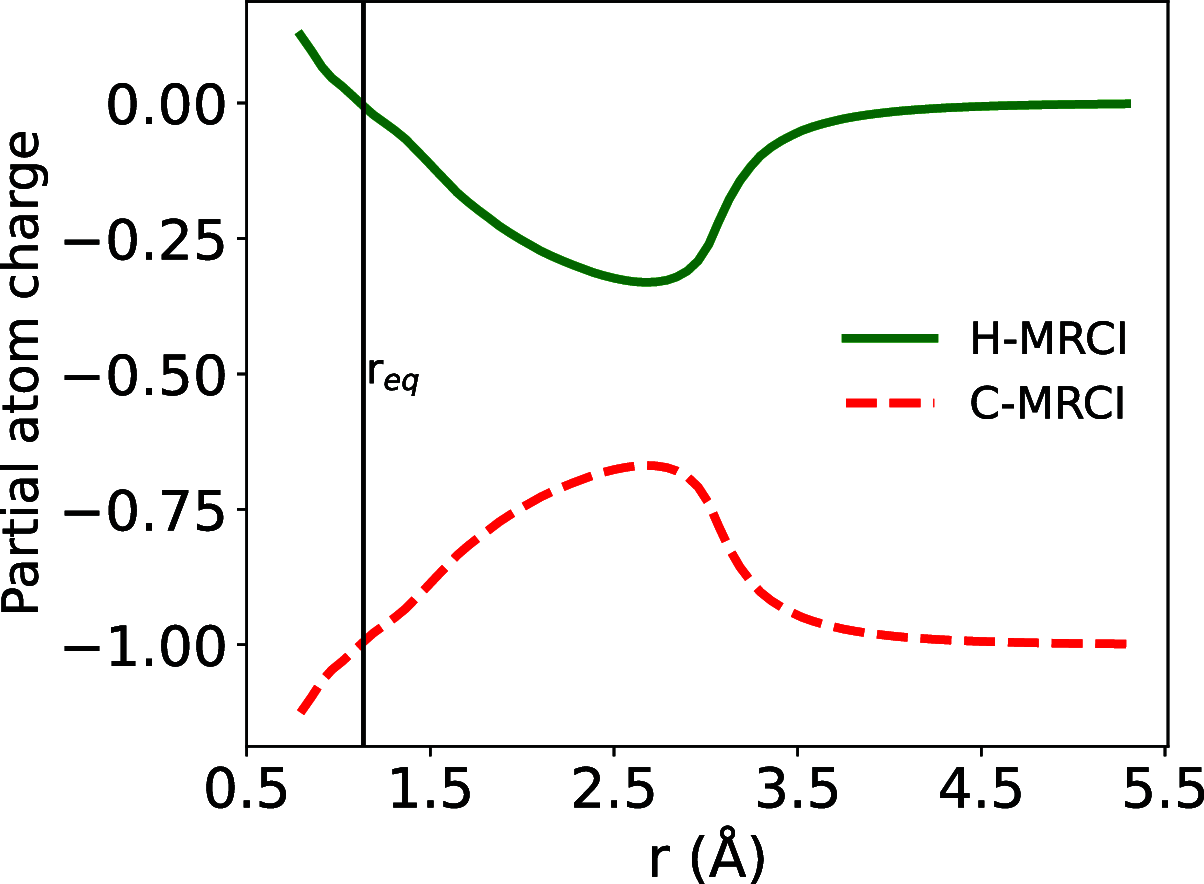
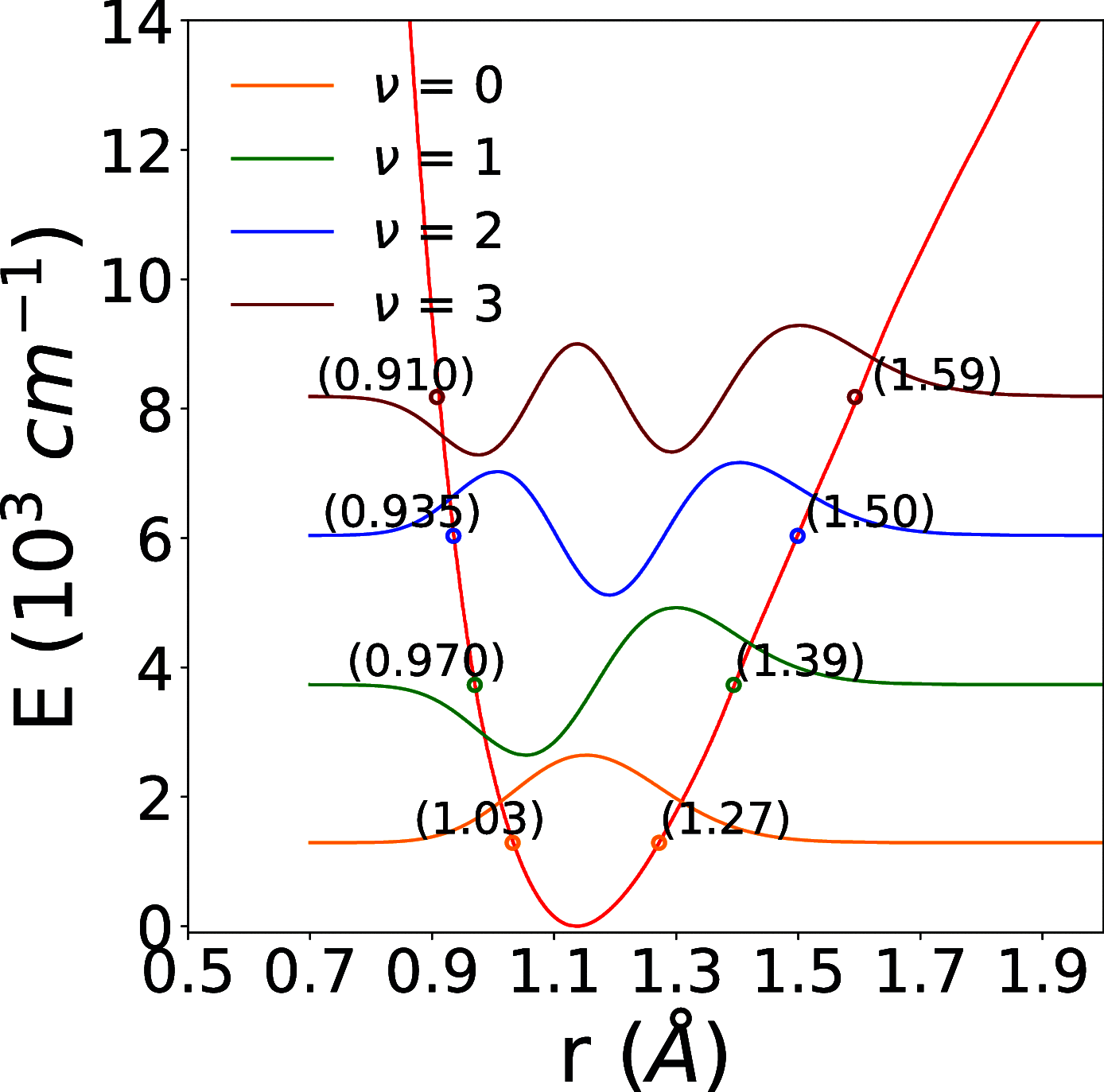



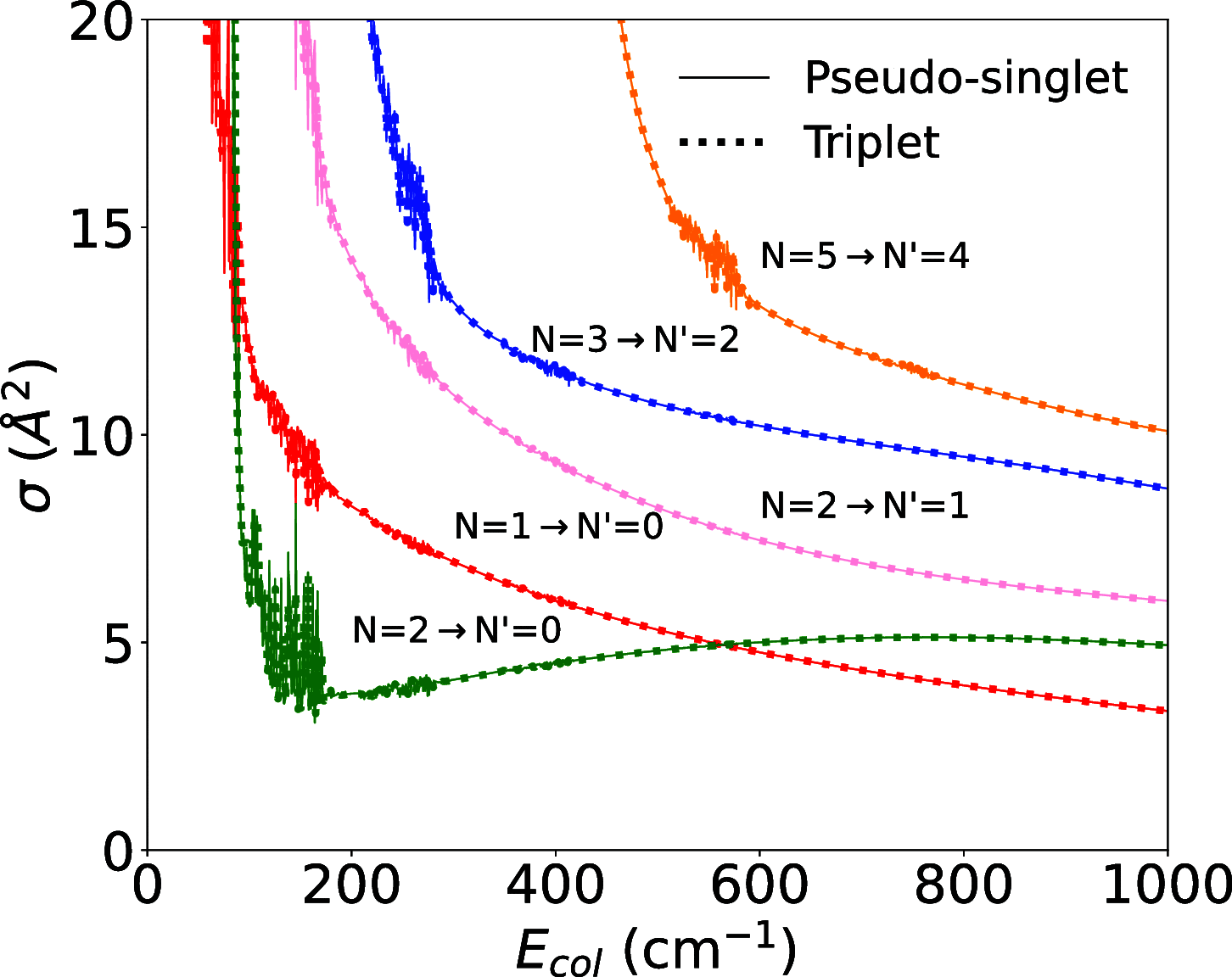
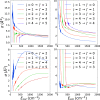
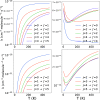


References
-
- Dalgarno A.; McCray R. A. The formation of interstellar molecules from negative ions. ApJ. 1973, 181, 95–100. 10.1086/152032. - DOI
-
- Herbst E. Can. negative molecular ions be detected in dense interstellar clouds?. Nature 1981, 289, 656–657. 10.1038/289656a0. - DOI
-
- Carelli F.; Satta M.; Grassi T.; Gianturco F. Carbon-rich molecular chains in protoplanetary and planetary atmospheres: quantum mechanisms and electron attachment rates for anion formation. ApJ. 2013, 774, 97–105. 10.1088/0004-637X/774/2/97. - DOI
-
- McCarthy M. C.; Gottlieb C. A.; Gupta H.; Thaddeus P. Laboratory and astronomical identification of the negative molecular ion C6H–. ApJ. 2006, 652, L141–145. 10.1086/510238. - DOI
-
- Sakai N.; Sakai T.; Osamura Y.; Yamamoto S. Detection of C6H– toward the low-mass protostar IRAS 04368 + 2557 in L1527. ApJ. 2007, 667, L65–69. 10.1086/521979. - DOI
LinkOut - more resources
Full Text Sources

